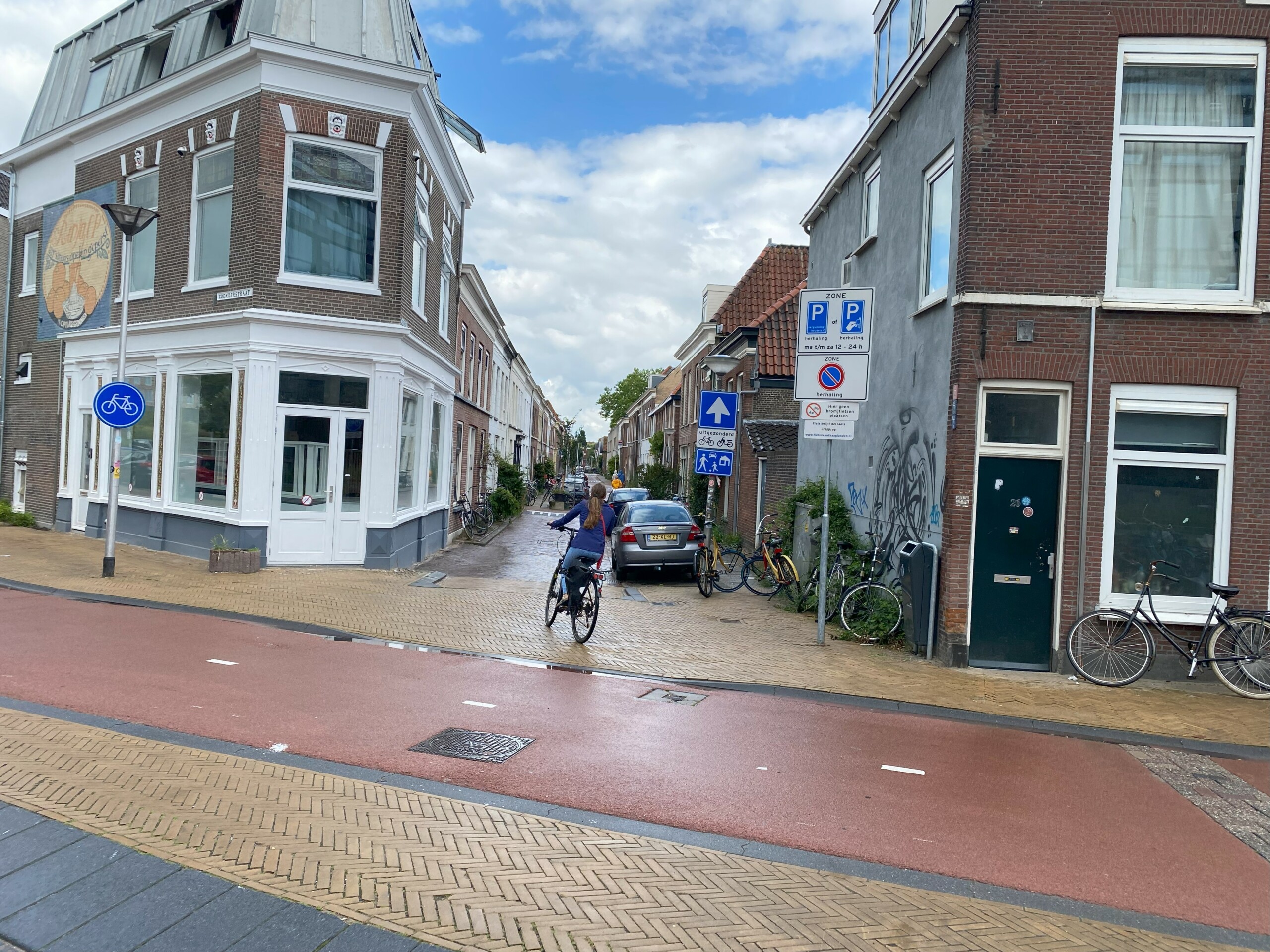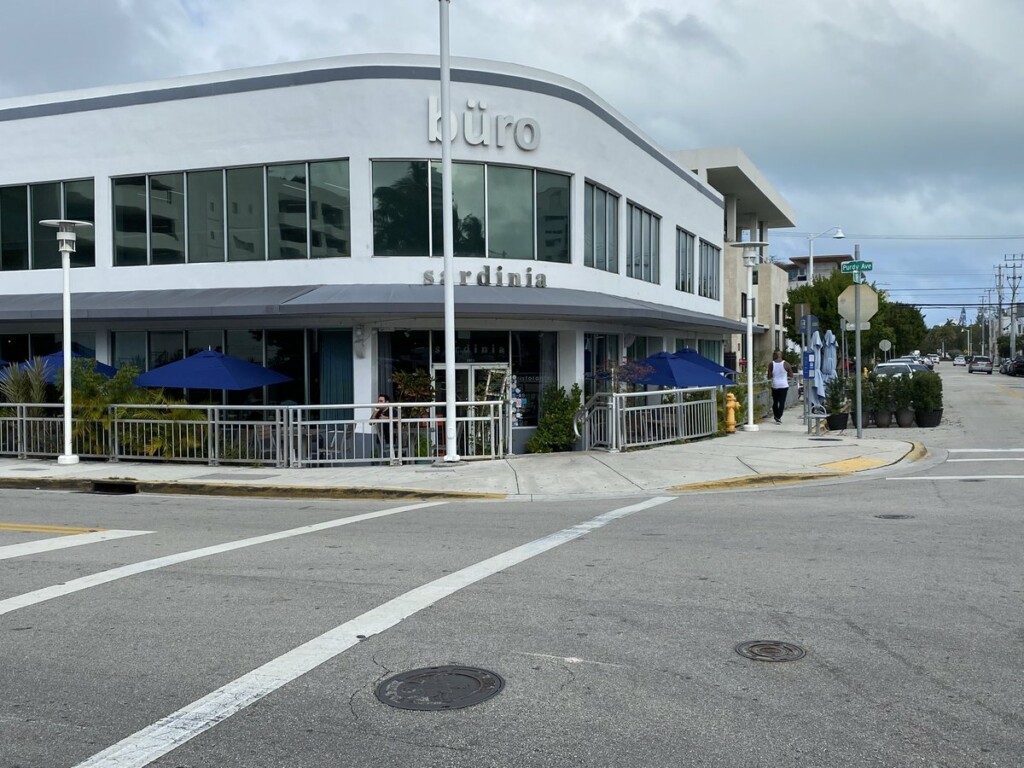Public Spaces
Adaptation Urbanism: A conversation with Billy Fields
Communications and Engagement Advisor Melissa Bruntlett and Sustainable Mobility Consultant Anna Wyner sat down with Professor Billy Fields to discuss his book, Adaptation Urbanism and Resilient Communities. Together with co-author John Renne, Fields develops the idea of “adaptation urbanism” as a way to evaluate the ecological and social resilience of redevelopment projects. The key idea? Developing strategies for urban transport systems that allow cities to bounce forwards in the face of climate crises, not bounce back.

It’s clear that the urban land use and transportation policies we’ve relied on for decades are failing to meet the demands of climate-changed world. Post-Hurricane Katrina in 2005, planners and academics turned their attention to the idea of resilience: “it was whole new field and no one really knows what it means. And now it’s being implemented without really knowing what it means.”
A prime example of this American “resilience” comes from Miami, where a road was raised to due to concerns about flooding— but the houses along the road were left untouched. Achieving true resilience, however, requires a holistic understanding that treats mobility and land use policies as two sides of the same coin: just building a cycle path, for example, doesn’t help anybody if there’s nowhere to cycle to. Similarly, adding greenery and cycle lanes without considering the impacts on housing affordability could price out the residents whose neighborhoods you’re trying to improve.

That’s why, to Fields, the idea of resilience districts are so powerful. Forcing municipal agencies to combine their resources to tackle green space, sustainable transportation, and housing in specific neighborhoods can help build the capacity for collaboration at the city-wide level. However, as it stands now, North American cities have a long way to go “just to get to the starting line.”
“Understanding places is hard for people who don’t live in a real place,” Fields says, referencing the endless sea of cookie-cutter suburbs and roads to nowhere that characterize his home state of Texas. “So I do this experiment. I used to ask my students at the beginning as an icebreaker: ‘Name me your favorite place in your city.'”
The overwhelming response? Blank stares. When the town center you grew up around comprises a Dairy Queen and a Whataburger plopped along a 6-lane road, it’s hard to imagine anything different. If you’ve never experienced the way walkable, cycleable infrastructure can foster social interactions and public life, how could you possibly design for it?
On a study tour with Mobycon in 2015, our former colleague Dick van Veen told Fields very directly: “In the Netherlands we believe in freedom”— quite the affront to any well-trained American. But the underground bicycle parking at the train station and the traffic-calmed residential streets of Delft opened his eyes to the Dutch idea of freedom. People of all ages have the freedom to cycle themselves to school, work, or to see friends. Children don’t have to beg their parents for a ride, and your ability to live an autonomous life isn’t tied to your ability to operate, or afford, a motor vehicle.

Creating resilient places— real places— requires recognizing that the way we currently plan in North America is fundamentally broken. To get a better idea of how resilient urban development could and should look, Fields studied coastal cities like Copenhagen, London, and Rotterdam in Europe, as well as New Orleans and Miami in the US. From these case studies, four major principles of adaptation urbanism emerged: compact development; changing mobility; green and blue infrastructure; and equitable development. Now it’s on cities to put them into practice.
To learn more, check out the Adaption Urbanism podcast. Episode 2 features an interview with Mobycon’s Strategic Advisor Angela van der Kloof! The whole podcast series is available at: https://adaptation.podbean.com/

